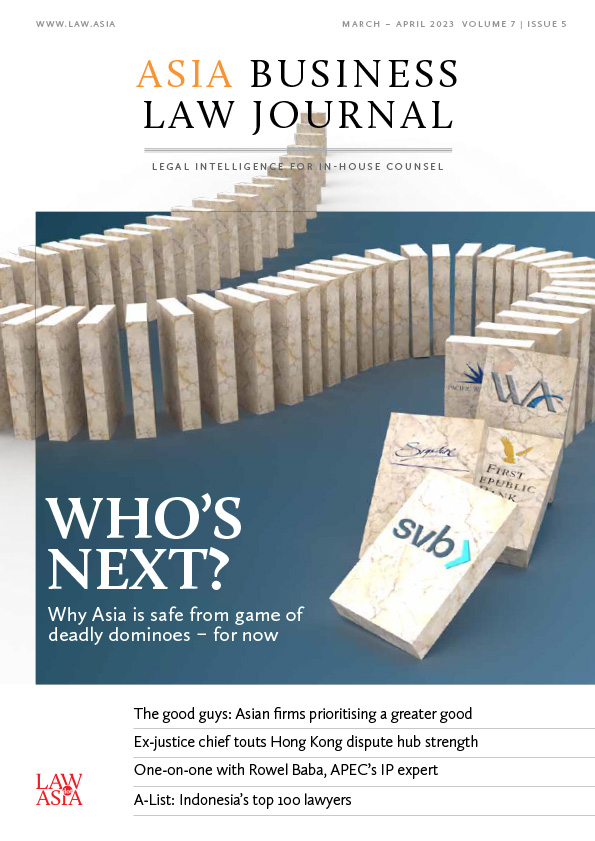The protection of trade secrets has consistently been one of the key links in the management of legal risks by enterprises. Particularly in the high-tech industries, the departure of a senior officer or a core technical person often results in a massive loss, such as the disclosure of trade secrets, reduction in market share, loss of key customers, etc.

PATRICK GU
达辉律师事务所合伙人
Partner
DaHui Lawyers
Typical cases in recent years include: (1) in 2015, Huawei’s former vice-president was sentenced to one year and seven months in prison for infringement of Huawei’s software copyrights; (2) in 2016, there was the case of Tencent seeking to recover several tens of millions of renminbi in equity profits from a senior officer who jumped to Ali; (3) the case of Sohu seeking non-compete damages in the amount of RMB50 million (US$7.6 million) against the former general manager of its video-copyright cinematography centre, who jumped to Youku; and (4) in May 2015, there was the unfair competition case in which AutoNavi sued Didi for damages in the amount of RMB75 million for maliciously recruiting several of its senior officers. These cases highlight the importance of guarding against the risk of disclosure of trade secrets that arises when senior officers depart. The author makes the following recommendations on how an enterprise can protect its trade secrets under current laws, regulations and relevant adjudication practice.
Comprehensive classification of trade secrets by level and establishment of a sound confidentiality system. Pursuant to relevant provisions of the Law against Unfair Competition and the Employment Contract Law, the taking of confidentiality measures by a rights holder is one of the preconditions for securing the legal protection of trade secrets. In judicial practice, when trying a case, the court will first require the rights holder to show that it took reasonable confidentiality measures in respect of its trade secrets. The operations of a high-tech enterprise will usually involve numerous categories of trade secrets, including such technical secrets as undisclosed technical information, achievements at various phases of research and development, process formulas, etc., as well as such business information as customer lists, procurement and supply channels, operational and management methods.
You must be a
subscribersubscribersubscribersubscriber
to read this content, please
subscribesubscribesubscribesubscribe
today.
For group subscribers, please click here to access.
Interested in group subscription? Please contact us.
你需要登录去解锁本文内容。欢迎注册账号。如果想阅读月刊所有文章,欢迎成为我们的订阅会员成为我们的订阅会员。
Patrick Gu is a partner at DaHui Lawyers





























